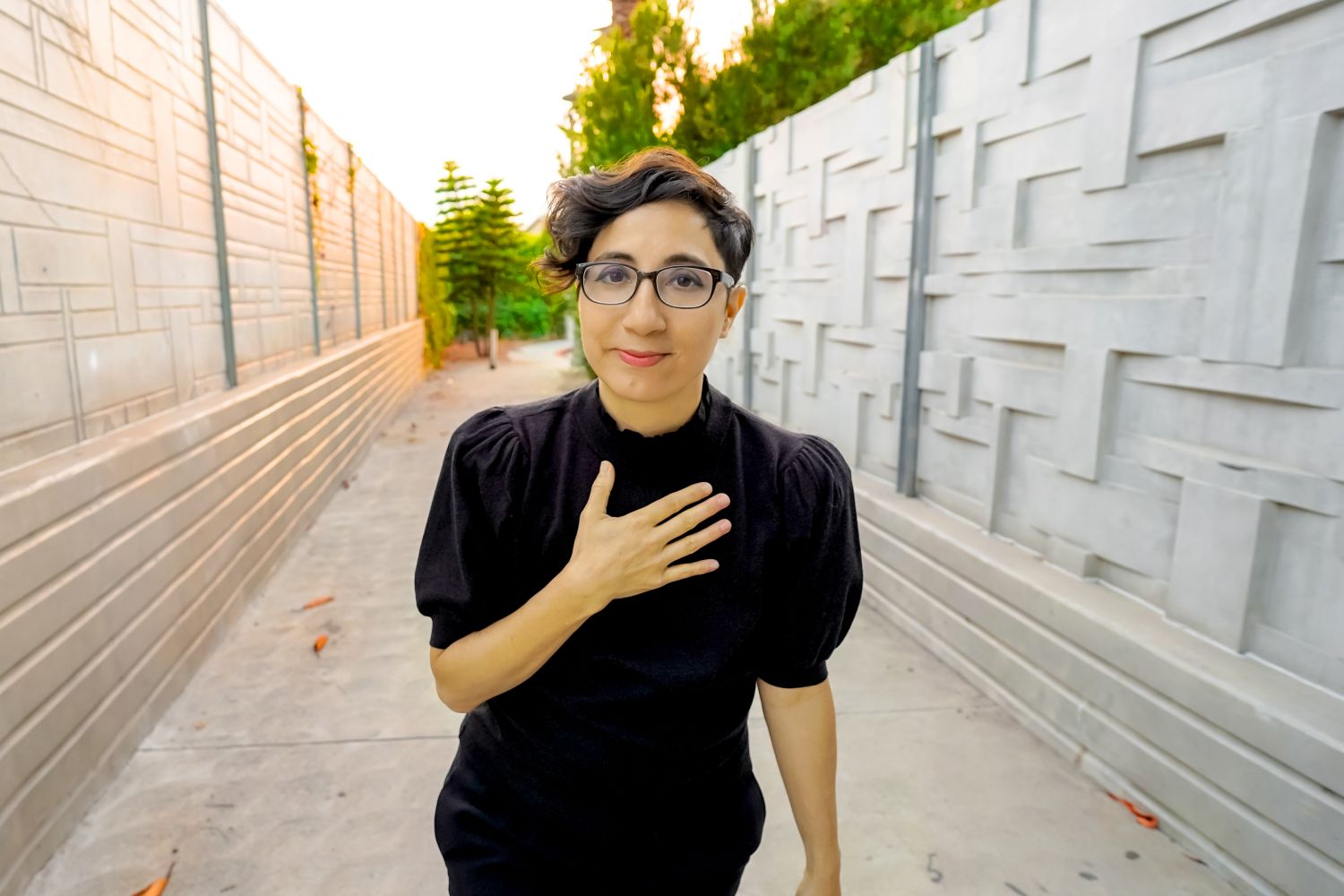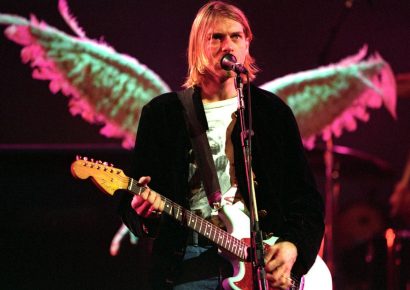Carla Patullo wrote SO SHE HOWLS in her darkest moments, using it as a diary to both process and log her own tragedies.
Carla Patullo is a composer and multi-instrumentalist in her own right, though the way she sees her work is more simple than that. Having worked for Disney+ among others, some personal tragedy had her turning to music to communicate, process and understand what she was feeling.
Read all the latest features, columns and more here.
From some of her darkest moments, acknowledging that this music might be the last pieces she ever writes. From that ca, the Grammy-nominated album SO SHE HOWLS.
Carla, thanks so much for taking the time! You’re a composer, multi-instrumentalist and songwriter, but they’re all very broad terms. How do you define what you do?
I define myself as someone who writes music either to express emotions or to tell a story.
How and where did SO SHE HOWLS begin?
It was very personal. I had been struggling with grief after losing my mom in a sudden car crash, many years ago now, and then I had a health scare that forced me to face my own mortality. Thankfully, I made it through to the other side and am okay! It was a tough time though going through it. I had so much deep-rooted anxiety, and I turned to music to cope. It started out as my diary, and then became my motivation to get out of bed in the morning and eventually to heal. Then as I was recovering, it became something that I wanted to overcome and finish.
Did you ever attempt to re-record these or did you know immediately that they carried a special weight?
I began recording during a very vulnerable time. I began thinking that this could possibly be my last album. I remembered, growing up, my grandmother used to ask me to record her singing with a cassette player because she wanted me to remember her voice. So, this idea really came from her. Many of the vocal takes on the album came out of me on take one, and those takes became a fundamental part of the composition. These tracks captured the rawness and purity of the moment, and therefore, I thought they needed to stay, even though there may be technical flaws in them. I grew to love those flaws.
What equipment did you use to record and sing those first few ideas that ended up on SO SHE HOWLS?
I used my favorite Peluso P-12 tube microphone for my voice, a little Neve Portico 5012 Preamp, and a [Universal Audio] Apollo 18×24 Interface. I recorded in an apartment in Texas at first, and then later in my recording studio in LA (The Soundry), which has very tall ceilings and a warm tone. I recorded strings at Hobo Sound in Hoboken, and there too, we had a very warm room tone thanks to recording engineer James Frazee.
SO SHE HOWLS is obviously a deeply personal album, but you made the move to add healing frequencies. Was this to offer equal opportunity to heal the listeners or something else?
When I started writing, everything was very primitive. I was finding my voice again and finding music again. I started with these tones because I was attracted to them and their potential to heal. I was experiencing a lot of anxiety and having trouble sleeping, and I found certain frequencies that evoked stillness, which is what I needed to calm my racing mind. I began building them in a way that I hoped would lead to healing. The order of the tracks walks through the different stages I was experiencing. I was hoping that the 35 minutes would walk people through the emotions and get them through to the other side of recovery.
Almost like a procession from grief to calmness and eventually to adventure.
There’s a lot of collaborators as well – what was the intention behind that?
I then brought in the Scorchio Quartet because Martha Mooke is a friend, and I know that they play benefit concerts for the Tibet House, which is all about mindfulness and healing the soul. I wanted that energy on the album.
Lorenza Ponce, Frederika Kreir, and Leah Coloff all added so much emotion to the album. I also recorded the vocal ensemble Tonality to add warmth, strength, and a lush layer of supportive vocals. And at the end, for the last two tracks, I wanted the music to really swell, so I asked Lili Haydn to bring in her soaring violin and voice.
In addition to your vocal, there’s layers of strings, ambience and keys. How did you make these sounds?
Yes, they are real strings as I mentioned before. But I also included other sounds. For instance, I recorded some field sounds like rain and machine tones. I also took some vocal demos that I recorded on a 2-track and slowed down the speed quite a bit to get an otherworldly voice. I had the choir, Tonality, create some beautiful storm and wind sounds. I love unconventional sounds, so I always keep an ear out for them.
Thanks again for speaking to us! As a closer – how strong was the vision behind SO SHE HOWLS and how did the end result compare to what you originally envisioned?
I think in writing this record, I knew one of my greatest challenges would be to leave enough space for the listener to absorb the soundscape. Sometimes I overwrite, and I really resisted that with this album. I feel like I opened a new door for myself as a composer to work with healing sounds and create music that incorporates more of this. The original vision was just a dim light at the end of a tunnel, but as time passed and healing happened, the vision became more and more clear.
To listen and find out more about SO SHE HOWLS being nominated for a Grammy, keep reading here.







